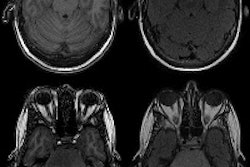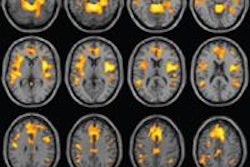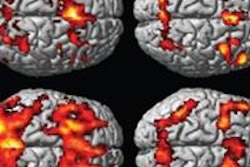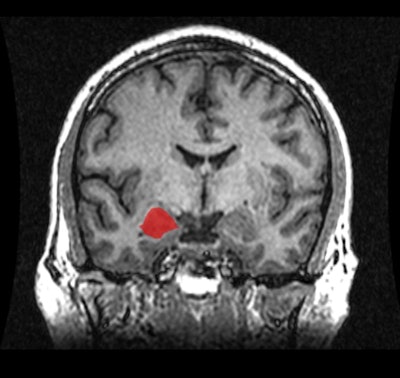
Contrary to previous research, a meta-analysis of dozens of MRI brain studies found no significant difference in the size of men's and women's amygdalas, according to a study published in NeuroImage.
In fact, the researchers from Rosalind Franklin University of Medicine and Science in North Chicago, IL, concluded there is considerably more overlap than difference between the genders for nearly all brain measures.
The amygdala is associated with emotion and social behavior such as aggression and sexual arousal. Animal studies and early MRI research indicated that the amygdala is disproportionately larger in males' brains. It has been suggested that the difference in size contributes to gender differences in emotionality and in the prevalence of disorders such as anxiety and depression.
In the current study, the researchers searched for all MRI exams of the human amygdala over the past 30 years and found 58 published comparisons of amygdala volume in matched groups of healthy men and women. The studies included a total of 6,726 participants (NeuroImage, February 15, 2017, Vol. 147, pp. 282-294).
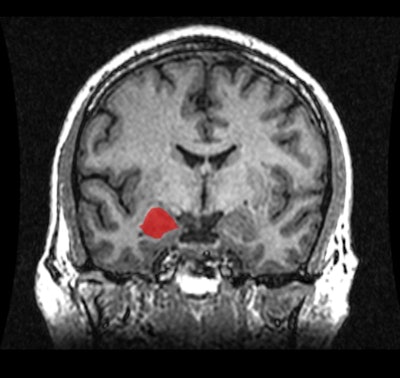 MRI shows a coronal view of the amygdala (red). Image courtesy of Rosalind Franklin University of Medicine and Science.
MRI shows a coronal view of the amygdala (red). Image courtesy of Rosalind Franklin University of Medicine and Science.The results showed that the amygdala was approximately 10% larger in male brains; however, the difference was comparable to males' larger body size, including the 11% to 12% larger volume of their brains overall. Among studies that adjusted for overall brain size, the volume difference was less than 0.1% in the right amygdala and 2.5% in the left amygdala, both of which were not statistically significant.
The results strengthen the case for gender similarity in the human brain and psychological abilities, the researchers concluded.





